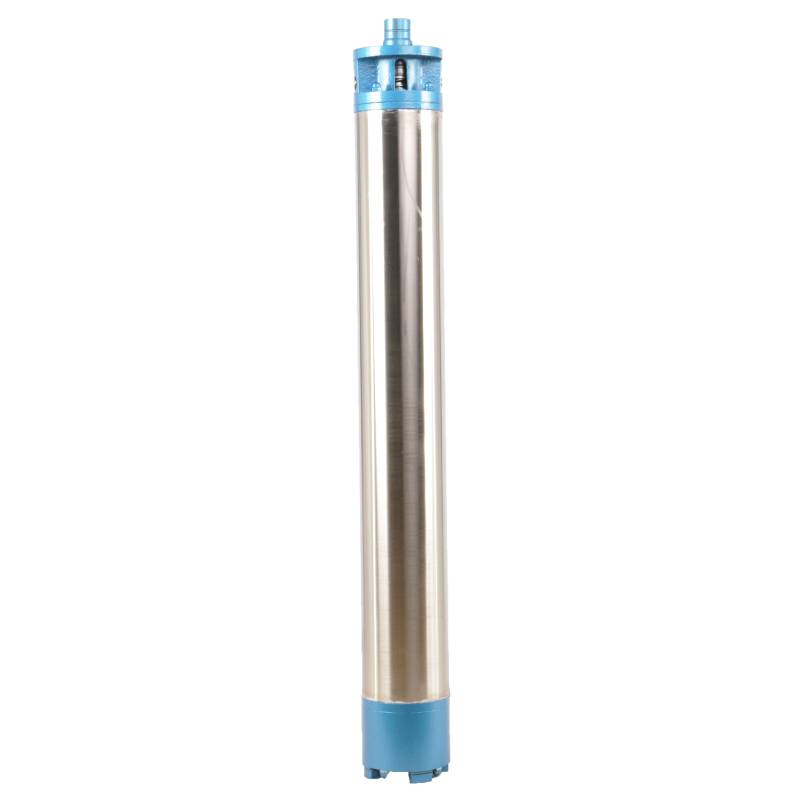Oct . 17, 2024 00:57 Back to list
Deep Well Pump Systems and Water Storage Solutions for Efficient Water Management
The Importance of Deep Well Pumps and Tanks in Modern Water Supply Systems
In contemporary society, access to clean and reliable water is essential for both residential and agricultural purposes. Deep well pumps and tanks play a critical role in ensuring this vital resource is available to meet the diverse needs of communities and industries alike. Understanding the functionality, advantages, and applications of these systems offers insight into their importance in our daily lives.
What Are Deep Well Pumps?
Deep well pumps are specialized devices designed to extract groundwater from deep beneath the surface. Unlike standard pumps that function in shallow wells, deep well pumps are engineered to operate at depths often exceeding 100 feet. These pumps typically consist of a motor, a series of impellers, and a long shaft that drives the pump mechanism. The operation is initiated by submerging the pump within the well, and it draws water upward through a piping system to deliver it wherever needed.
Advantages of Deep Well Pumps
One of the primary advantages of deep well pumps is their ability to access a consistent source of water, even in areas where surface water may be scarce or unreliable. By reaching deeper aquifers, these pumps can provide a sustainable water supply that is less susceptible to drought conditions. Additionally, deep well pumps are designed to handle various water qualities, including brackish water, making them versatile tools in different geographical regions.
Energy efficiency is another key benefit. Modern deep well pumps are designed using advanced technology that optimizes energy consumption. This results in lower operational costs for households and businesses, contributing to an overall reduction in energy usage and environmental impact. Furthermore, many deep well pumps come with variable speed drives that allow them to adjust their performance based on water demand, enhancing efficiency even further.
The Role of Water Tanks
deep well pump and tank

While deep well pumps are crucial for extracting water, storage tanks are equally vital for managing and distributing that water effectively. Water storage tanks provide a buffer that helps balance supply and demand. They ensure that there is always a reserve of water available for times of peak usage, such as during morning routines or agricultural irrigation periods.
Tanks come in various shapes and sizes, depending on the specific needs of the users. For instance, residential systems might utilize smaller tanks, while commercial or agricultural setups could require large-scale tanks with capacities in the thousands of gallons. Additionally, many tanks are designed to withstand various environmental conditions, providing durability and longevity.
Applications in Different Sectors
Deep well pumps and tanks have widespread applications across various sectors. In agriculture, for instance, they are essential for irrigation systems that sustain crops, especially in arid regions. The ability to pump water from deep aquifers directly influences agricultural productivity and food security.
In residential settings, these systems provide a reliable water supply for daily household needs, including drinking, cooking, and sanitation. Moreover, many rural communities rely solely on deep well systems due to a lack of municipal water infrastructure, demonstrating their critical role in ensuring access to potable water.
Industrial applications also benefit significantly from deep well pumps and storage tanks. Industries require a significant and consistent water supply for processes such as manufacturing, cooling, and cleaning. Companies invest in robust systems to guarantee that their operations run smoothly without interruptions caused by water shortages.
Conclusion
In conclusion, deep well pumps and tanks are essential components of modern water supply systems. They provide access to safe and reliable water, support agricultural productivity, and enable industrial processes to function efficiently. As global demands for fresh water continue to rise, innovations in deep well pump technology and tank design will be crucial in addressing these challenges, ensuring that communities can sustain their water needs well into the future. Understanding and investing in these systems is not only beneficial but essential for a sustainable world.
-
Submersible Water Pump: The Efficient 'Power Pioneer' of the Underwater World
NewsJul.01,2025
-
Submersible Pond Pump: The Hidden Guardian of Water Landscape Ecology
NewsJul.01,2025
-
Stainless Well Pump: A Reliable and Durable Pumping Main Force
NewsJul.01,2025
-
Stainless Steel Submersible Pump: An Efficient and Versatile Tool for Underwater Operations
NewsJul.01,2025
-
Deep Well Submersible Pump: An Efficient 'Sucker' of Groundwater Sources
NewsJul.01,2025
-
Deep Water Well Pump: An Efficient 'Sucker' of Groundwater Sources
NewsJul.01,2025
-
 Submersible Water Pump: The Efficient 'Power Pioneer' of the Underwater WorldIn the field of hydraulic equipment, the Submersible Water Pump has become the core equipment for underwater operations and water resource transportation due to its unique design and excellent performance.Detail
Submersible Water Pump: The Efficient 'Power Pioneer' of the Underwater WorldIn the field of hydraulic equipment, the Submersible Water Pump has become the core equipment for underwater operations and water resource transportation due to its unique design and excellent performance.Detail -
 Submersible Pond Pump: The Hidden Guardian of Water Landscape EcologyIn courtyard landscapes, ecological ponds, and even small-scale water conservancy projects, there is a silent yet indispensable equipment - the Submersible Pond Pump.Detail
Submersible Pond Pump: The Hidden Guardian of Water Landscape EcologyIn courtyard landscapes, ecological ponds, and even small-scale water conservancy projects, there is a silent yet indispensable equipment - the Submersible Pond Pump.Detail -
 Stainless Well Pump: A Reliable and Durable Pumping Main ForceIn the field of water resource transportation, Stainless Well Pump has become the core equipment for various pumping scenarios with its excellent performance and reliable quality.Detail
Stainless Well Pump: A Reliable and Durable Pumping Main ForceIn the field of water resource transportation, Stainless Well Pump has become the core equipment for various pumping scenarios with its excellent performance and reliable quality.Detail
